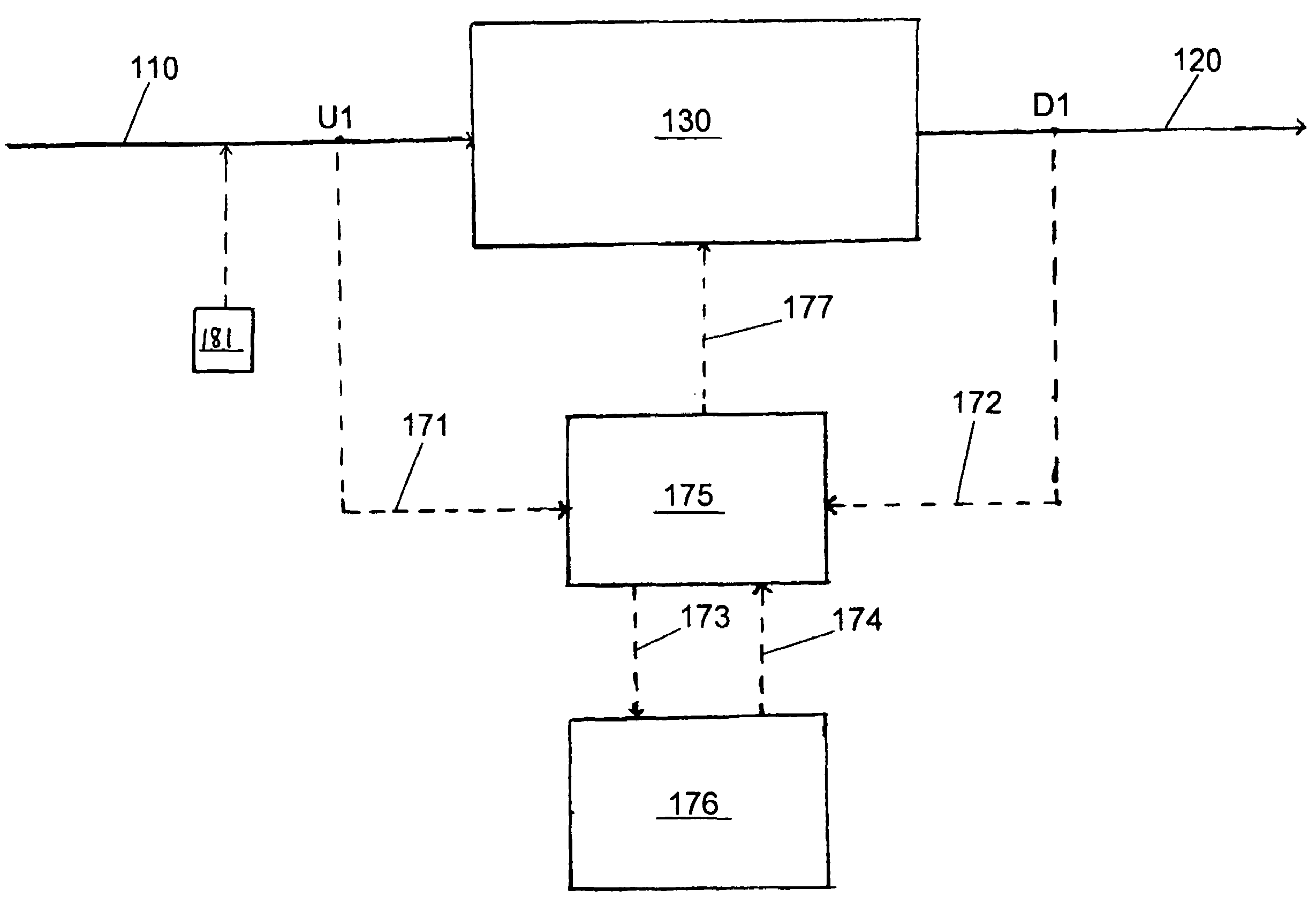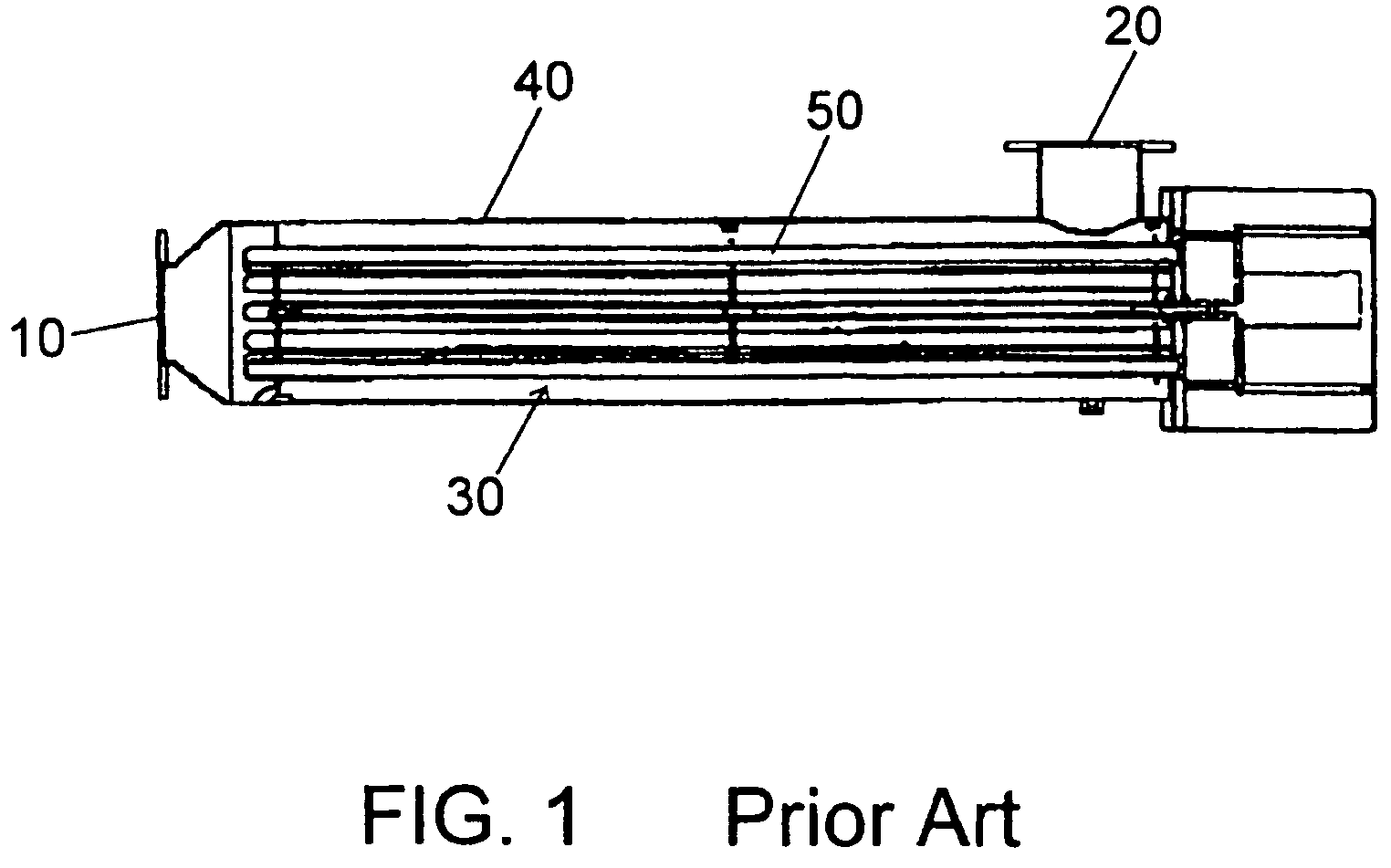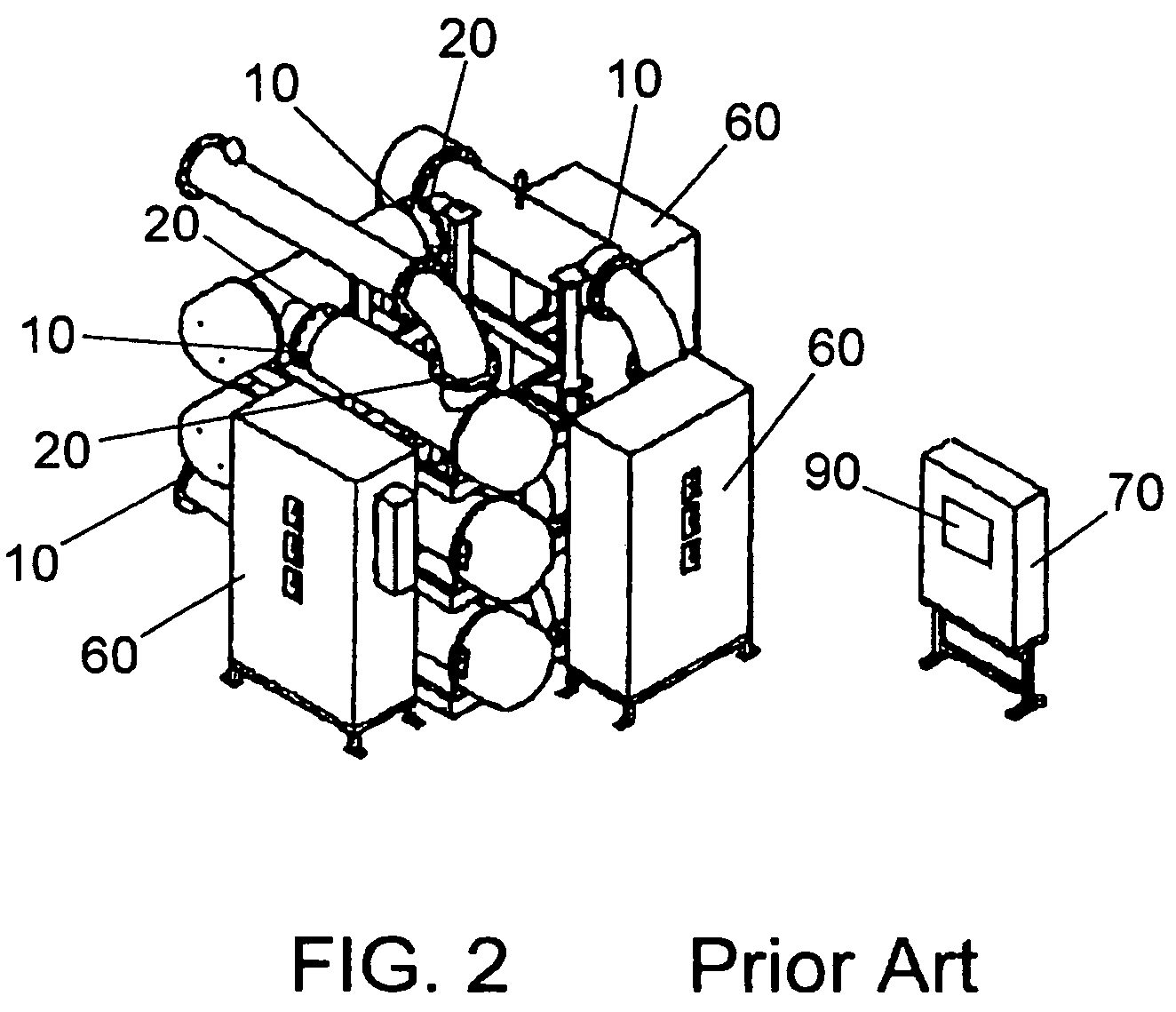System for predicting reduction in concentration of a target material in a flow of fluid
a technology of target material and fluid flow, which is applied in the direction of water treatment compound, water treatment parameter control, specific water treatment objectives, etc., can solve the problem that the time required for analysis of actual target contaminant concentration is typically too long to be practical for real-time control of fluid treatment system operating parameters, and the electrical energy used is one of the operating costs of these systems. problems, to achieve the effect of accurately predicting system performance, system parameters, and accurate relating system operating costs
- Summary
- Abstract
- Description
- Claims
- Application Information
AI Technical Summary
Benefits of technology
Problems solved by technology
Method used
Image
Examples
example
[0167]A groundwater sample contaminated with trichloroethylene (TCE) was treated using a bench-scale recirculating batch photoreactor. The semi-batch UV reactor consists of a 32 L reservoir, a 6 L UV chamber housing a 12.4 watt low-pressure lamp and a recycle pump that draws the solution from the reservoir and pumps it to the UV chamber and back to the reservoir at a controlled flow rate of 110 liters per minute. A water-cooling jacket was mounted on the re-circulation pipe to maintain a constant temperature during the irradiation. The unit was provided with a sampling port, which allowed sampling of the solution at specific UV exposure times.
[0168]The test procedure comprised rinsing the apparatus with tap water and allowing it to completely drain, transferring 25 liters of the groundwater sample into the reservoir, adding the required amounts of hydrogen peroxide and TCE with the recirculation pump on, collecting the initial (t=0) sample, turning on the UV lamp and collecting subs...
PUM
| Property | Measurement | Unit |
|---|---|---|
| volume | aaaaa | aaaaa |
| volume | aaaaa | aaaaa |
| fluid properties | aaaaa | aaaaa |
Abstract
Description
Claims
Application Information
 Login to View More
Login to View More - R&D
- Intellectual Property
- Life Sciences
- Materials
- Tech Scout
- Unparalleled Data Quality
- Higher Quality Content
- 60% Fewer Hallucinations
Browse by: Latest US Patents, China's latest patents, Technical Efficacy Thesaurus, Application Domain, Technology Topic, Popular Technical Reports.
© 2025 PatSnap. All rights reserved.Legal|Privacy policy|Modern Slavery Act Transparency Statement|Sitemap|About US| Contact US: help@patsnap.com



